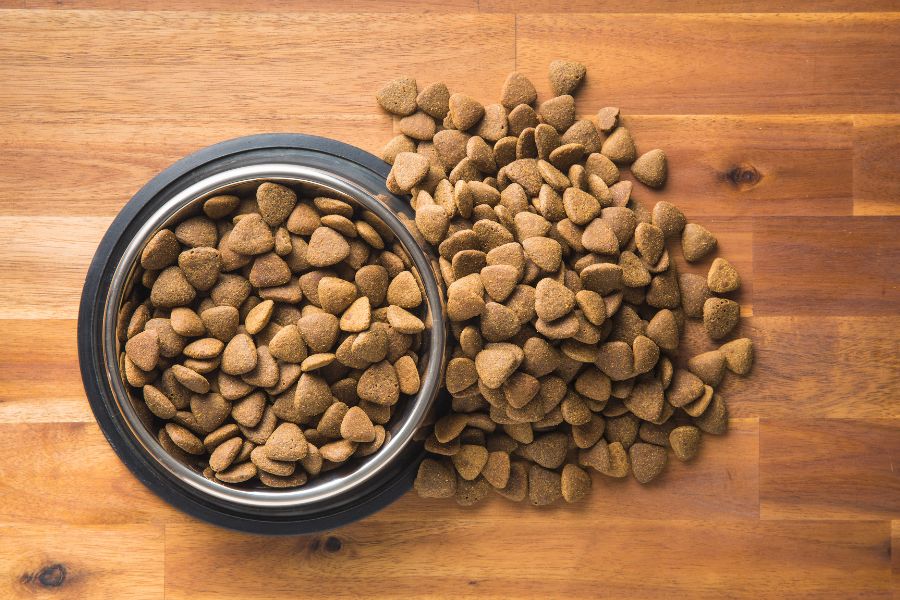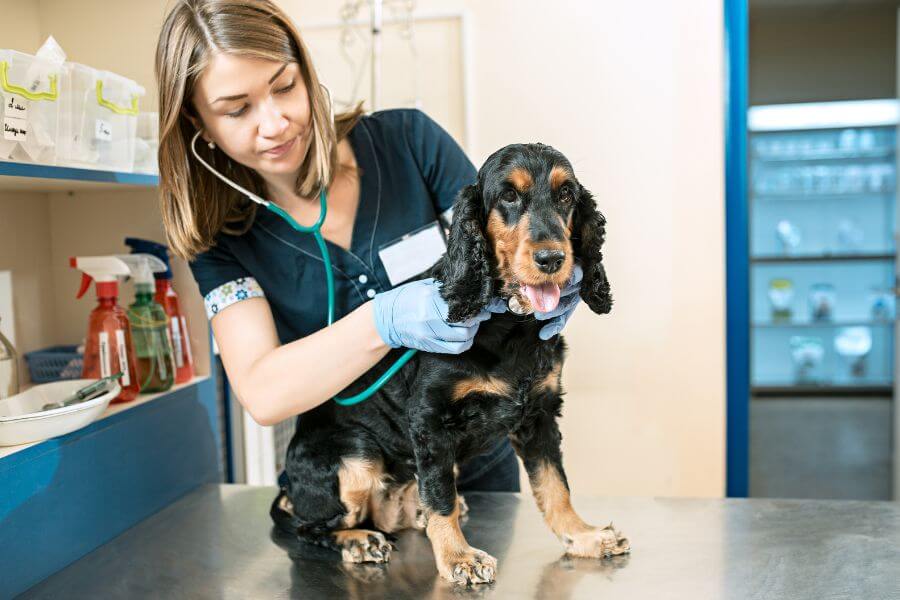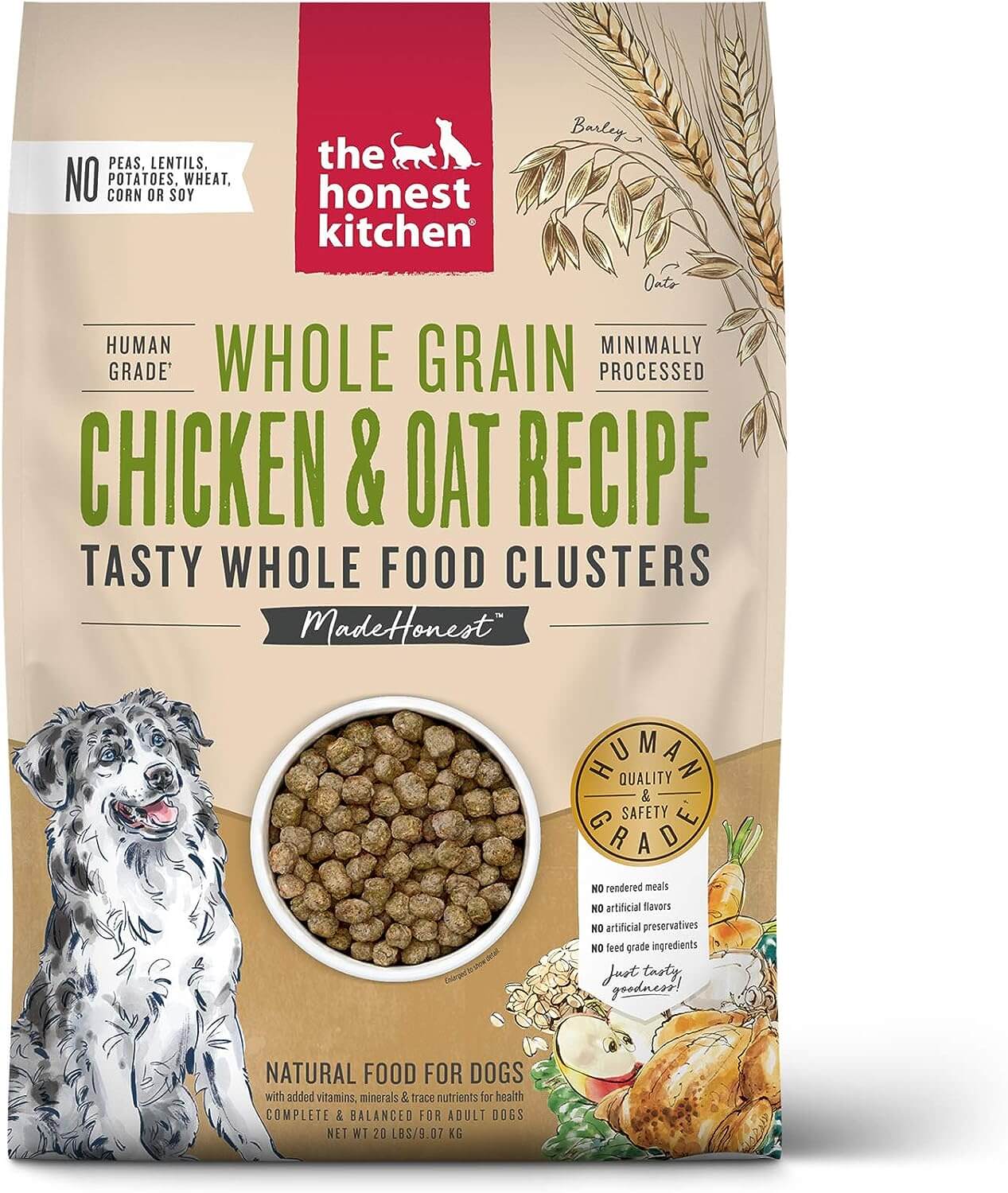
Next Level dog food hit the market hard in 2023 and seemed to gain traction around the same time as the massive and unprecedented Victor

Next Level dog food hit the market hard in 2023 and seemed to gain traction around the same time as the massive and unprecedented Victor

Imagine this: you’re at the veterinarian for a routine checkup when they mention that your pet has a heart murmur. While this condition may seem

Welcome to my blog post, where I jump straight to the point! Corn in dog food is not bad! Corn has long been a contentious

The newest trend in pet food marketing mirrors anti-smoking campaigns, urging people to “quit kibble,” “kick kibble to the curb,” and “ditch the burnt brown

When it comes to choosing the best food for your furry friend, the label on the dog food bag can be your first clue. However,

Acid reflux, a common gastrointestinal issue in dogs, can cause discomfort and disrupt their daily routines. Just like humans, dogs can experience this condition, leading

Do you find your furry friend gulping down their food in a matter of seconds? Does your chow hound gulp, hoard, and wolf their meals

As with all pet food content I write, I aim to provide transparency and useful information. This Honest Kitchen dog food review is going to

Experiencing your beloved canine companion throwing up after eating can be distressing and concerning for any pet owner. Concerns about toxins, mold, and disease come

Obesity in dogs is a prevalent issue, with approximately 56% of dogs in the United States being classified as overweight or obese. There is a